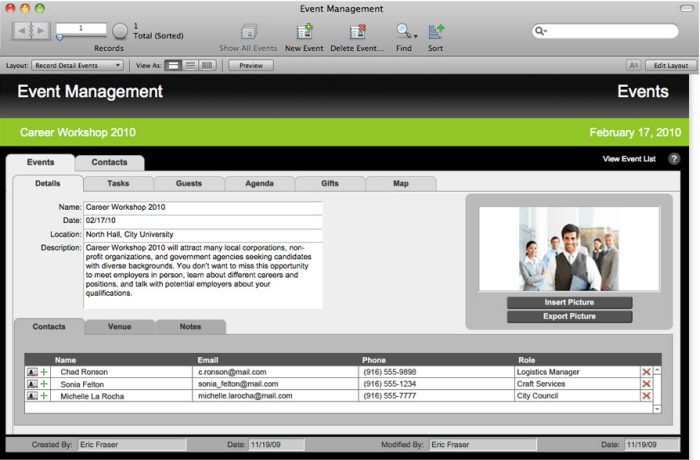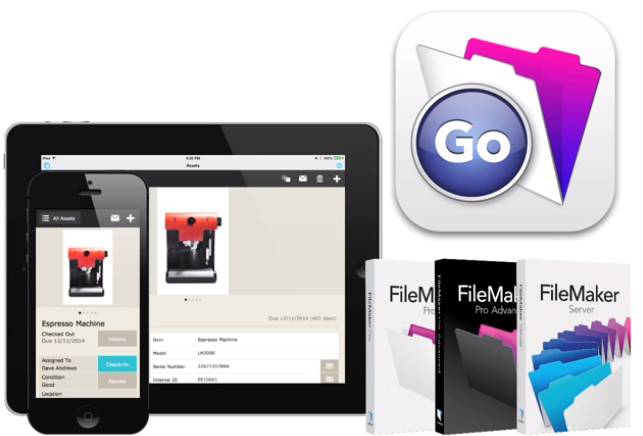

You can use the iPad layout for the iPhone if access on the iPhone will be infrequent, but zooming will be required. A separate layout will be needed for iPhone to make it work well. Layout - If your interface is landscape and can fit into 1024 x 623 pixels, you could design one layout for Mac, Windows, and iPad. This means your fields, buttons, and other objects must be larger to reduce accidental clicking of the wrong object.

Even more important, click accuracy is lower because people’s fingers are much larger than a computer mouse arrow. While the toolbar takes up additional space it’s a good idea to keep it visible so users can easily navigate layouts and records as well as add, duplicate, omit, sort, or find records. On iOS, the toolbar takes 44 pixels (34 pixels on iPhone in landscape mode) from the bottom of the screen if it is visible. This makes Mac and Windows very similar except that the status toolbar heights differ slightly and the Windows application window uses some additional space. In a desktop app, you can pack in a very large number of objects on the screen and have the solution work well since people are very accurate when they click with a mouse. Combined, these work together to determine how well the solution integrates with a human. The three visual items that are different between Mac, Windows, iPad, and iPhone are the available pixels on the screen, the status toolbar height, and click accuracy. Using layout techniques similar to those you used years ago will be very helpful in optimizing for iOS! The iPad has the space of an small laptop and the iPhone has about one fourth the pixels of the iPad. When optimizing a database, you need to consider that every device has different screen space constraints.

Now, desktop and laptop computers now have around twice as many pixels available. Remember when you used a computer monitor with a tube? Back then, most displays supported 1024 x 768 pixels.


 0 kommentar(er)
0 kommentar(er)
